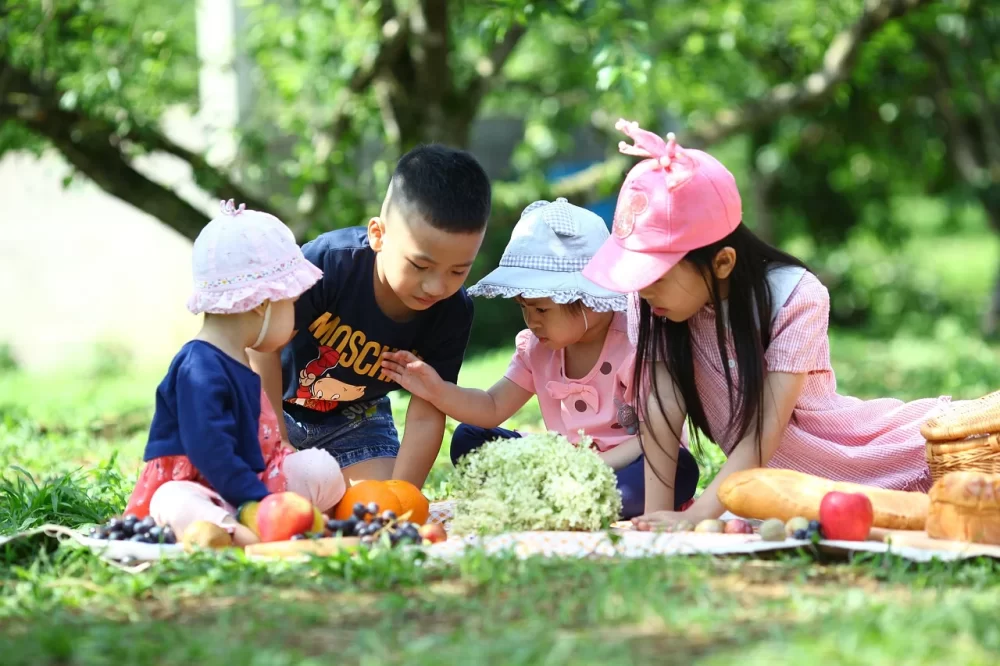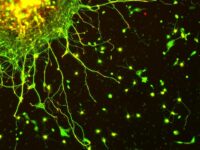Spider webs are known for their amazing tensile strength and have been calculated to be five times stronger than steel. Despite this strength, they also have an incredible amount of elasticity: the web strands snap back like a rubber band, even after a seemingly long stretch. Surprisingly, the brains of children work similarly. After experiencing challenges or traumatic experiences, children become resilient over time and can lead productive lives in the future.
In neuroscience, resilience is defined as one’s ability to achieve a successful outcome in the face of adversity. The development of resilience in children is especially important to study, as their plastic psychological growth puts them in a unique position to learn and adapt to challenges faced early on in their lives.
For years, scientists have searched for specific markers of resilience in children but have failed to come across a catch-all that directly leads to the development of this trait. Instead, studies have found that a combination of polygenetic and environmental conditions is responsible for helping children overcome challenging situations.
For years, scientists have searched for specific markers of resilience in children but have failed to come across a catch-all that directly leads to the development of this trait.
These changes can first be noted at the physiological level. A study of MRI images was conducted by Rajendra Morey and his team at Duke University. These images were collected from victims of child maltreatment — children who have experienced emotional or physical abuse — and separated into two groups: victims with mental health disorders (due to maltreatment) and those without mental health disorders. Upon observing these images, scientists noted differences in the volumes of the prefrontal cortex (PFC), a region of the brain responsible for the regulation of emotions and the severity of stress responses. The group of children without mental health disorders displayed larger PFC volumes, which was correlated with better performance in school, supportive friendships, and emotional health. On the other hand, the group with mental health disorders had smaller PFCs, which was associated with delays in the formation of the superior frontal gyrus. This structure is responsible for high-cognition abilities and short-term memory storage. Due to the delay, children exhibited decreased functioning and were less likely to complete middle and high school on time.
Children who have experienced challenges also have better-adapted stress responses. In a study by Dr. Johannes Dahmen at University College London, MRI images of maltreatment victims were analyzed. Astoundingly, these individuals had smaller areas of the hippocampus that were sensitive to stress in comparison to their age-matched, normal counterparts. As a result of their smaller hippocampi, the victims produced smaller amounts of baseline cortisol, leading to less intense stress responses when faced with new challenges.
Social factors are also vital for the formation of resilience in children. Firstly, children who have a support system (via strong relationships with family and friends) tend to be less afraid to take on new experiences and develop grit, according to a 2006 article published in Urban Education. Since they are aware they have a support system, they are allowed and encouraged to make mistakes without consequences of rejection.
Social status and integration are also fundamental to the development of resilience. A study led by Keely Muscatell and published in Social Cognitive and Affective Neuroscience found that children of a higher social status — defined as those who had an easier time making friends — had better-adapted stress responses in their PFC after being exposed to a simulation of peer rejection. In comparison, those of a lower perceived social status — or had a harder time making friends — had higher stress levels after experiencing rejection. There was significantly more activity in the PFC and higher levels of cortisol and pro-inflammatory cytokines in the children’s blood samples. Children willing to reach out tended to be more resilient to such rejection, while those who kept to themselves were less resilient; these studies on social factors help reveal important connections between resilience and social integration when peer rejection was involved.
Social status and integration are also fundamental to the development of resilience.
Children who can develop resilience early on are likely more apt to handle the challenges of adulthood. As college students facing assignments, exams, and extracurriculars every semester, we need to remember our resilience. We are expected to balance our work and perform well, but without our ability to take on challenging times, it is easy to burn out and lose motivation.
Frontiers in Psychiatry (2018). DOI: 10.3389/fpsyt.2018.00693
BMC Medicine (2020). DOI: 10.1186/s12916-020-1490-7
The University of Chicago Press Journals (2018). DOI: 10.1086/697956
Urban Education (2006). DOI: 10.1177/0042085906287902
Social cognitive and affective neuroscience (2016). DOI: 10.1093/scan/nsw025



